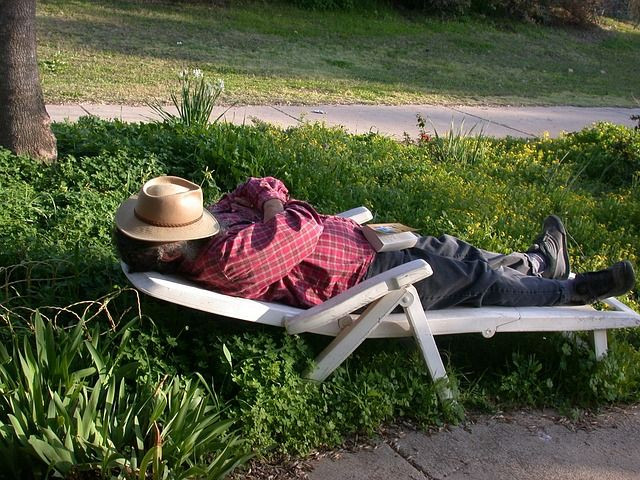National Napping Day 2016: Here's The Best Way To Take A Nap And Recharge

Sunday is National Napping Day, and to help you celebrate the holiday, Medical Daily has compiled a list of our best napping tips. From how long you should nap to where you are best laying down your head, these pointers will ensure that each time you take a quick snooze, you are left feeling refreshed and ready to take on the rest of your day.
Napping has countless health benefits and shouldn’t just be reserved for those under the age of five. For example, one 2015 study published in the Journal of Clinical Endocrinology & Metabolism found that a short nap actually can reverse the health effects of a poor night's sleep, and even strengthen the immune system.
For the study, the team had 11 healthy men between the ages of 25 and 32 undergo two sessions of sleep testing in a lab where meals and lighting were controlled over the course of three days. During the sessions, the men were purposely deprived of sleep, but allowed to nap on the day following the final session. Saliva and urine samples showed that although a poor night's sleep raised the men’s stress hormone levels, these levels returned to normal on the day the men were permitted to nap.
“Napping may offer a way to counter the damaging effects of sleep restriction by helping the immune and neuroendocrine systems to recover,” said lead author Brice Farautin in a statement.
Despite the health benefits associated with napping, many of us struggle to fit one into our busy days. However, a nap doesn’t have to be long to be effective. According to the Wall Street Journal, a 10-20 minute “power nap” can help boost alertness and energy. Napping for longer than 30 minutes can up your chances of falling into a deep sleep. And, while this isn’t necessarily a bad thing, it can leave you feeling a bit groggy and even more tired than you were when you originally laid your head down. However, longer naps aren’t without their own set of benefits. For example, napping for more than an hour can help you remember facts and can improve long-term alertness.
It’s not just how long you nap that’s important; the position you sleep in can also affect your rest quality. Research has shown that resting on our sides, rather than our back or our stomach, helps our brains to discard waste products. A 2015 study used MRI scans to to observe rats’ brains as they slept and found that those who were given anesthesia in order to ensure that they slept on their sides cleared more brain waste than rats who were positioned to sleep on their bellies and backs. The study even suggested that clearing away brain toxins may help to prevent the onset of dementia and Alzheimer’s disease.
Napping is beneficial no matter when you do it, but research says mid-afternoon is not only the most natural time of day to nap, it also may come with some extra health benefits. According to The Huffington Post, before humans began working 8-hour shifts humans naturally slept for short periods in the afternoon. In fact, some cultures, such as in Spain and Italy, still reserve a time period in the afternoon to take a break from their hectic days and lay down for a bit of a snooze. Last year, researchers showed individuals who took a mid-day nap had four percent lower average systolic blood pressure than those who didn’t nap when they were awake. They also found that those who saw a significant drop in blood pressure at night were getting an average of 17 minutes more midday sleep than those whose levels remained the same.
While these may be the best reasons for working some extra zzz’s into your hectic day, napping is beneficial no matter what. So this Sunday, don’t let springing forward for daylight savings’ time get the best of you — take a nap.



























